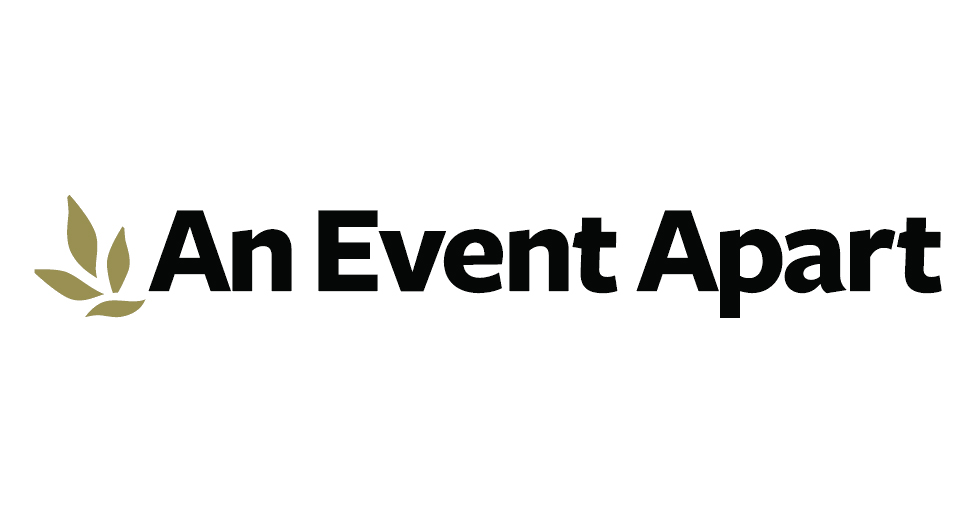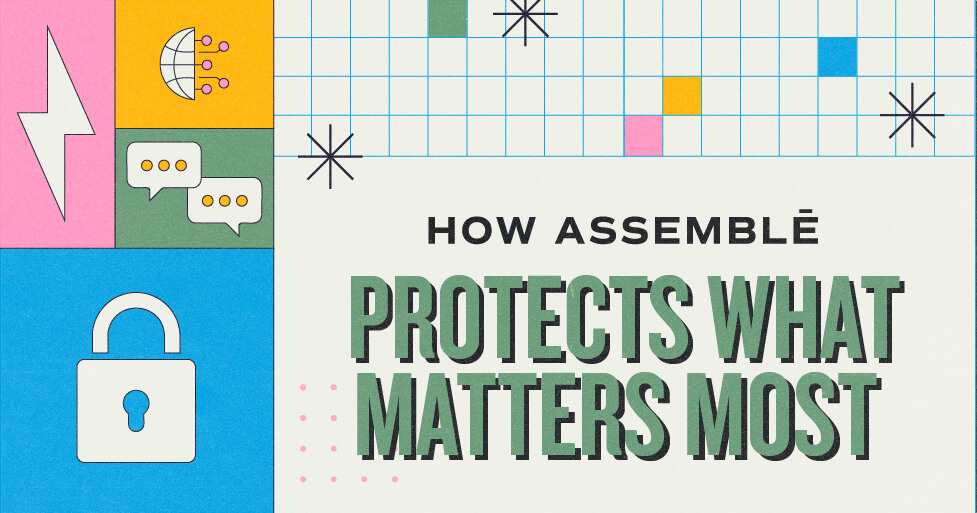
I love learning new things about web development and design. The field is always changing and improving, and there are always new and innovative ways to create content for the web. Recently I was lucky enough to attend An Event Apart in Washington, DC. An Event Apart is the premier conference for people who build websites. The lineup is full of industry titans and up-and-coming stars, so it’s easy to get excited. Whether you’re a developer, designer or strategist, there’s something that will help you improve your craft.
With 12 sessions over two days and a full-day workshop, the conference was full of useful insights and learning. While most of the sessions were about different topics, I noticed a few major themes take shape:
Good research can be the difference between success and failure
Research is an essential step in any creative process. It helps us to learn about our audience and informs your design decisions. Several of the sessions touched on the importance of research.
Jeffrey Zeldman – From Research to Redesign
Key Takeaway: Inspiration and correct solutions come from doing our homework. Designers and developers should be doing research to help with decision making, identifying patterns (both good and bad) and revealing problems. Every redesign is an opportunity to learn more about what we should be making.
Gerry McGovern – Measuring Engagement
Key Takeaway: As important as it is to know “what” is happening, knowing “why” is even better. Often we have great analytics that show what people are doing, but we don’t really know the story behind these numbers. Conducting “Success and Time” tests can help you find out why users aren’t accomplishing goals in a reasonable time—or at all. Watching users fail at a task assumed to be simple can provide some great perspective on what we need to change.
Daniel Burka – Design as the Scientific Method of Business
Key Takeaway: Prototyping and testing can help us quickly and accurately test business hypotheses. Hypotheses exist within any company, and prototypes can help validate and test them. Creating low-cost prototypes to quickly test theories is a great way to approach design problems.
Collaboration is essential to a healthy project
Too often we think in terms of departmental silos, which can really hinder our work. The best projects result from teams working together in close collaboration.
Daniel Mall – Should Designers?
Key Takeaway: If we can understand people on our team better and have their back then we’ll have a better team. Designers, developers and strategists should all understand each other’s disciplines. This helps streamline the workflow so that everyone is on the same page and knows what impacts the entire team.
Una Kravets – The Joy of Optimizing Images
Key Takeaway: Image optimization is a team problem, and performance is not an enhancement – it’s a necessity. With images taking up an ever-increasing amount of bandwidth, it’s of utmost importance that we optimize them as best we can, and doing that requires developers and designers working together. This talk gave a lot of practical examples for how we can accomplish that and deliver the best performing images possible.
The future of the web is closer than we think
The web can sometimes feel stale, with slow sites that all look about the same, so it was great to hear about all of the different ways that the web is accelerating towards an exciting future.
Val Head – Choosing your Animation Adventure
Key Takeaway: Advanced techniques in web animation have opened up a wealth of new options for interface animation. Advances in CSS, Javascript and SVG animation are making it easier than ever to introduce animation to your interfaces. Just be careful not to overwhelm your users with excessive animation!
Rachel Andrew – New CSS Layout Meets the Real World
Key Takeaway: The new CSS Grid Layout specification gives developers superpowers when it comes to advanced layouts. CSS Grid is a brand-new way of coding layouts that really opens up some amazing possibilities. One of two talks focusing on CSS Grid, we worked through some real-world examples of Grid in action.
Jen Simmons – Designing with Grid
Key Takeaway: New CSS layout features allow us to create a new graphic design uniquely of the web. New features available to developers in CSS are going to allow us to easily create unique and interesting layouts. The next few years will be very interesting as designers and developers experiment with the new options available to them.
Jason Grigsby – The Case for Progressive Web Apps
Key Takeaway: New technologies are allowing us to serve content and web apps faster than ever before. “Progressive Web App” is an industry term for something that makes a lot of sense – serving content faster, smarter, and in different circumstances. It’s definitely worth checking out.
Design for all users, not just the most common.
Finally, several presenters spoke about the need to design with accessibility, understanding and compassion as core values.
Derek Featherstone – Where Accessibility Lives
Key Takeaway: Accessibility should be a core value in our projects, and it’s usually rooted in good design principles. Accessibility lives in people, process and tools. The goal is to make stuff that people can use, and all too often, we neglect large groups of users. Accessibility should be a core value, not an afterthought.
Eric Meyer – Design for Real Life
Key Takeaway: Every interaction is individual and personal for the user, and we need to design around them. We all have cognitive limitations that we need to be able to look beyond. We should consider the emotional contexts for users of our products and sites and think about how to better design around them and not ourselves.
Stephanie Hay – Designing for Understanding
Key Takeaway: Content defines structure and should be the first focus of any project. Natural Language, Specific Use Cases and Relevant context are the keys for being understood. If we approach projects by asking “What does the user need to win?,” we’ll create experiences that are more user-focused and engaging.
That’s a lot of takeaways, right? I’m very excited to begin putting them into practice in the months ahead, and I hope you’re excited for the future of web development. The web is entering an exciting time, and it should be very interesting to see what it looks like in just a few years.
Subscribe to our newsletter
Get our insights and perspectives delivered to your inbox.


